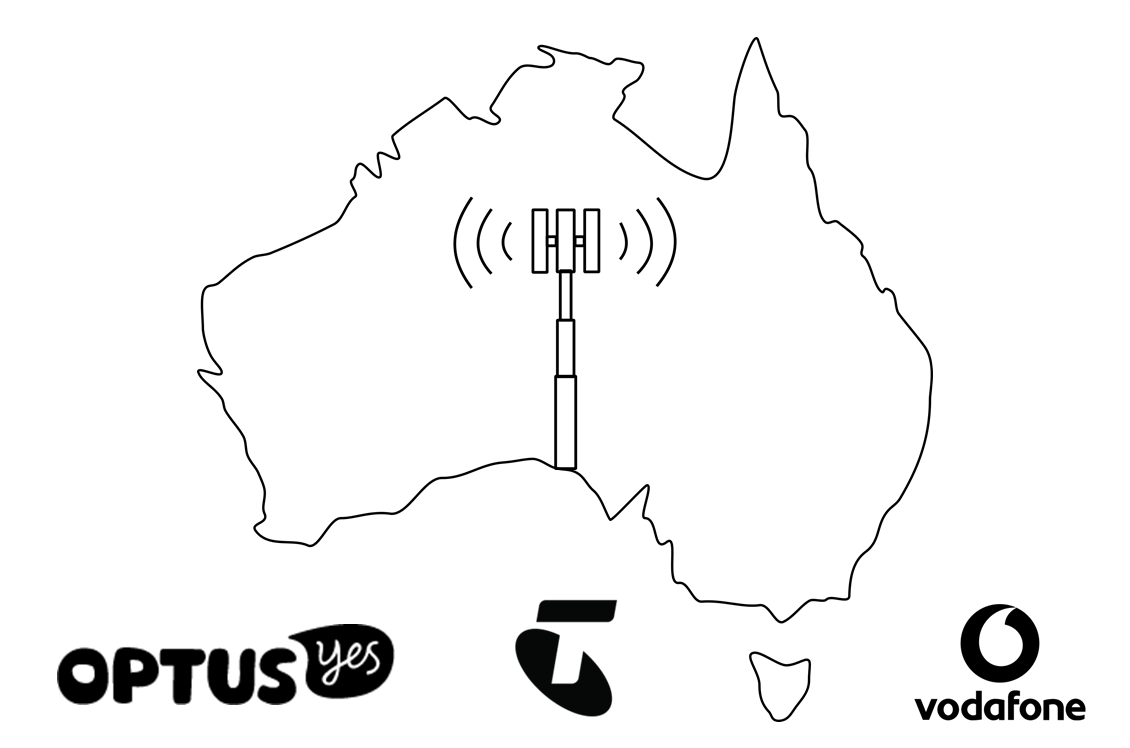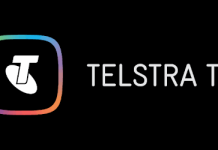
The juxtaposition of the physical and digital world can at times be frustrating. Case in point we hear about almost every major smartphone from every major vendor across the world through our digital life. However, the realities of our physical world often mean we never get to see those devices.
The reasons some phones don’t come to Australia are varied, and complex. One solution many people turn to is what we call ‘grey imports’. Buying the physical device from a digital vendor who will happily ship you a device regardless of if the OEM ever planned on releasing it in Australia is no guarantee it will fully work when it arrives.
There are a lot of pitfalls with grey imports that we’re not going to cover here, but one big one is radio frequency compatibility, specifically LTE compatibility. It seems the tech world has mastered getting 2G and 3G connectivity across devices fairly universal, however, the same just can’t be said for LTE.
Whenever a popular device is launched overseas we are typically asked which model or SKU “works best in Australia”, the answer to that is almost always “depends which carrier are you on”. Not only does Australia have a different subset of LTE bands to the rest of the world, none of our major mobile network providers uses exactly the same LTE frequencies. It gets better, not all bands on a particular carrier are used in all locations so a person in Geelong may have a different experience than someone in Canberra with the same device on the “same” network.
To help you with these decisions today we are launching our Australia Mobile Network Frequencies page. On the page, you should find all the information you need to understand the very basics of LTE bands and which bands each carrier uses. As technology changes, we will endeavour to keep the information as up to date as our information allows us.
So what are you waiting for? Head on over to our Australia Mobile Network Frequencies page and check it out.




I recently bought a P9 Lite to use on Optus and I am so happy that I took the time to research frequencies and got a handset that supports LTE Band 28. I’m now getting 4G reception all over Brisbane, as opposed to only getting it every now and then on my old phone. Thank you for making this information available for everyone as it’s not the easiest information to search for.
Case in point, Nexus marlin/sailfish as certified by fcc don’t support lte bands 28,40. Hopefully there’s a nexus for us.
Hi OzPup, the FCC filings are often only for the USA sku’s I wouldn’t worry about those bands just yet. I’m sure Google wont forget their favourite Island!
Great stuff guys. One other thing you could do in future reviews is to mention exactly which model number you are reviewing, especially when talking about the frequencies that the device supports. It would add a little clarity to an opaque world. :^)
Might be an idea to combine the Oz bands information with the bands supported by the different new phones you talk about. If you look at, say, the Note 7 review, there’s nothing on the bands it supports and how these line up with Oz.
A little table maybe; versions vs bands vs carriers ? Green for all, yellow for most, red for few.
Thanks for putting this together, guys. I appreciate the hard work that has gone into this.
Just one question, can carriers restrict certain 4G bands to resellers? For example, Optus can withhold the 28 band from resellers or it entirely phone dependent?
Well done ausdroid, this is a really great idea
Great initiative putting this together. I like have the Freqs and MVNOs info readily available. Please keep it up to date – that’s the hard bit 😉
Interesting article, just wanted to point out a little typo when you mentioned Australian Mobil as opposed to Australian Mobile.
Typo fixed.. thanks Alan 😉
Great article! Bookmarked for future reference..
Optus’s 3G frequency is listed as 1200MHZ!
LOL there’s always a typo. Fixed. Thanks for the heads up.
Great guide, well done Ausdroid
Great guide but you should perhaps mention that most carriers are beginning to shutdown their 2G networks
‘Course the 2G phone owners won’t be reading Ausdroid ; ) But their grandkids (aka tech support) might so great suggestion!